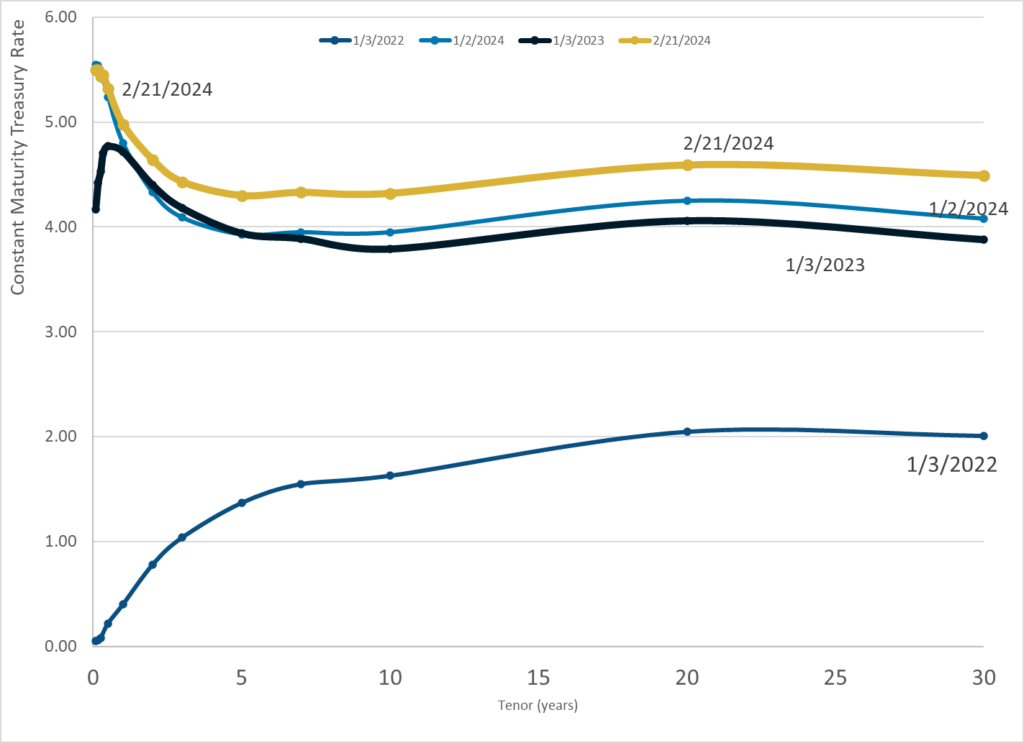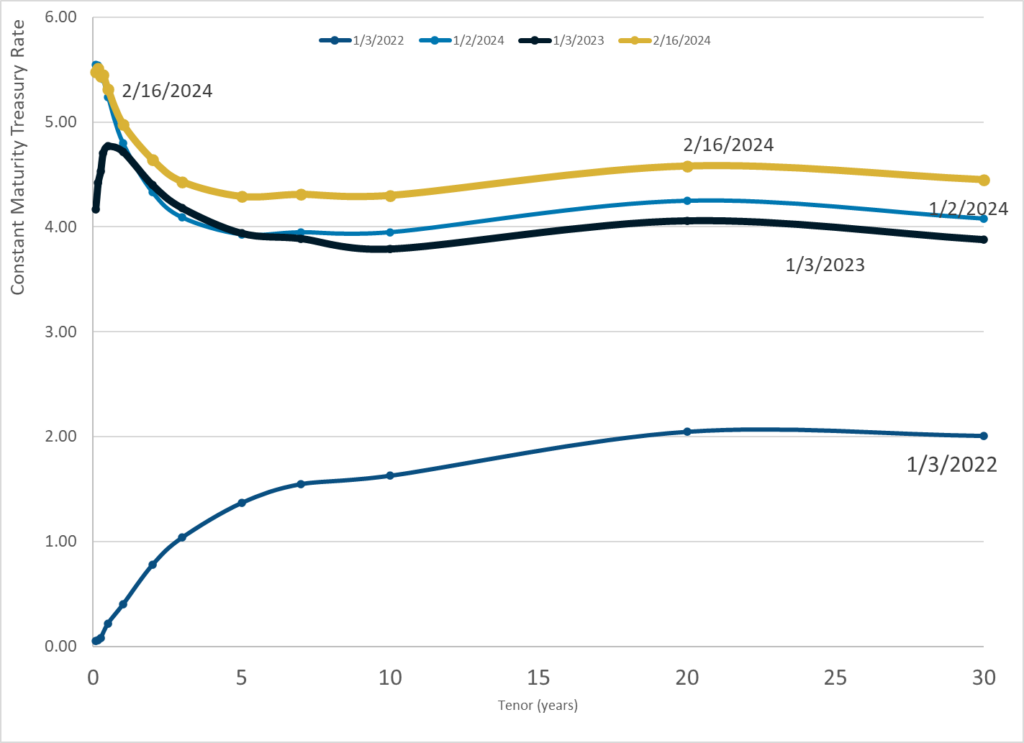Excerpt:
The United States is knee-deep in what some experts call the opioid epidemic’s “fourth wave,” which is not only placing drug users at greater risk but is also complicating efforts to address the nation’s drug problem.
These waves, according to a report out today from Millennium Health, began with the crisis in prescription opioid use, followed by a significant jump in heroin use, then an increase in the use of synthetic opioids like fentanyl.
The latest wave involves using multiple substances at the same time, combining fentanyl mainly with either methamphetamine or cocaine, the report found. “And I’ve yet to see a peak,” said one of the co-authors, Eric Dawson, vice president of clinical affairs at Millennium Health, a specialty laboratory that provides drug testing services to monitor use of prescription medications and illicit drugs.
The report, which takes a deep dive into the nation’s drug trends and breaks usage patterns down by region, is based on 4.1 million urine samples collected from January 2013 to December 2023 from people receiving some kind of drug addiction care.
Its findings offer staggering statistics and insights. Its major finding: how common polysubstance use has become. According to the report, an overwhelming majority of fentanyl-positive urine samples — nearly 93% — contained additional substances. “And that is huge,” said Nora Volkow, director of the National Institute on Drug Abuse at the National Institutes of Health.
Author(s): Colleen DeGuzman
Publication Date: 21 Feb 2024
Publication Site: KFF Health News





